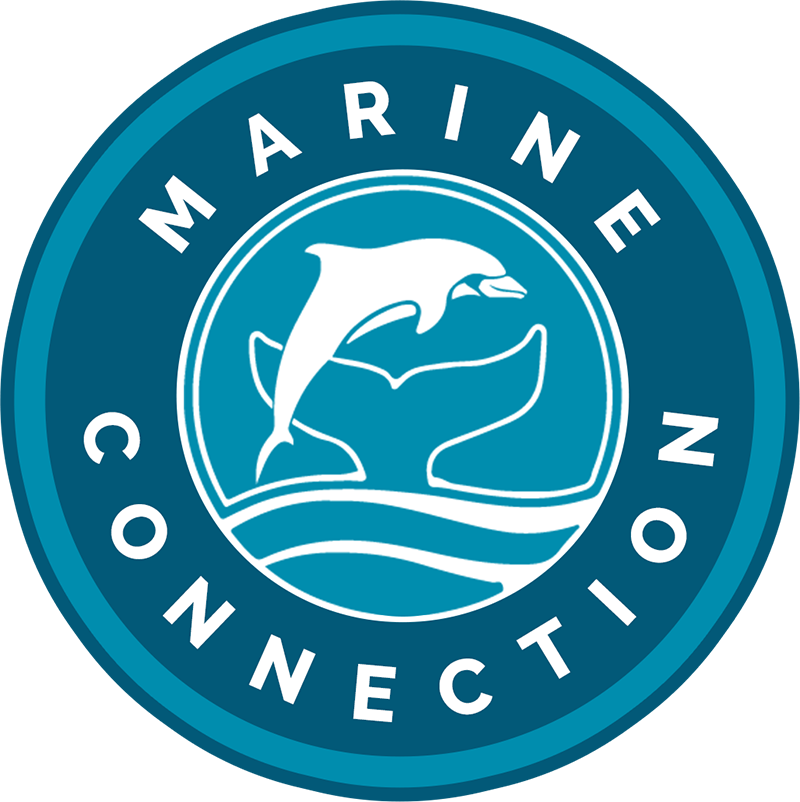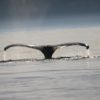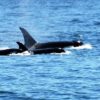Several countries still participate in this practice, killing the trapped cetaceans for food, or selling them live to marine parks and dolphinariums around the world.
Where drive hunting still happens …
Faroe Islands
The Faroe Islands are an autonomous territory of the Kingdom of Denmark where for centuries, pilot whales and dolphins have been killed for their meat. During the hunts, known as the Grindadráp or Grind, cetaceans are driven into one of 26 designated killing bays around the islands where entire family pods are dragged further up the beach and slaughtered. The first grind of 2024 was on May 4th. 40 pilot whales were hunted down, dragged ashore, and killed in the town of Klaksvik. Between May and mid-June 2023, the Faroe Islands killed more than 500 dolphins therefore we have grave concern over the number of cetacean lives that will be lost over the coming months. The level of brutality and suffering is shocking, yet Tourist and Government officials in the Faroes continue to highlight that these hunts are ancestral tradition.

Marine Connection is a supporting member of the Stop the Grind coalition – a global movement of like-minded organisations and individuals working together towards a ban of the Grindadráp (grind) dolphin and whale hunts by the Faroe Islands. The campaign includes a variety of advocacy activities intended to generate sustained pressure on the Faroese government, with MEPs also pushing for European level action in Brussels. Our simple collective mission is to end these inhumane and unnecessary killings.
Japan
In Taiji each year, several local fishermen are permitted to capture or kill almost 2,000 dolphins and small whales during drive hunt season (September to March.) The distressing practice is legally sanctioned by the government. At the start of a hunt, motorised boats head out from the coastal area to deeper waters and wait for dolphins or small whales to appear. When sighted, the fishermen lower metal poles into the water, continuously banging on the poles with hammers to trap the dolphins in an acoustic wall of sound between the open sea and shoreline. Frightened, the marine mammals swim in the opposite direction, directly into a shallow cove where the area is then closed off by nets, leaving the marine mammals trapped. During captures, dolphin families become stressed and confused with the majority being slaughtered for their meat. Some are kept alive, destined for sale to the captivity industry, as a live dolphin or small whale makes a higher profit for the fishermen than a dead one, with unselected animals simply pushed back out to sea, calves separated from their mothers, unlikely to survive.

The total quota for the 2023/2024 season (first day of September, lasting until the last day of February) was 1824 dolphins. It is estimated that 401 dolphins were slaughtered (bottlenose, striped and Risso’s dolphins and melon-headed whales), and 14 bottlenose dolphins were captured for life in captivity. Youngsters were separated and dumped back out to sea, too young to survive. Despite international criticism, these controversial and barbaric hunts continue, with the Taiji Government defending the killings as a 400-year-old tradition. Taiji’s fishermen also insist that they have no intention of ending the hunts, saying they are part of the town’s whaling heritage and vital to the income of the local economy. The question is just how long Taiji will continue to profit from this misery.



